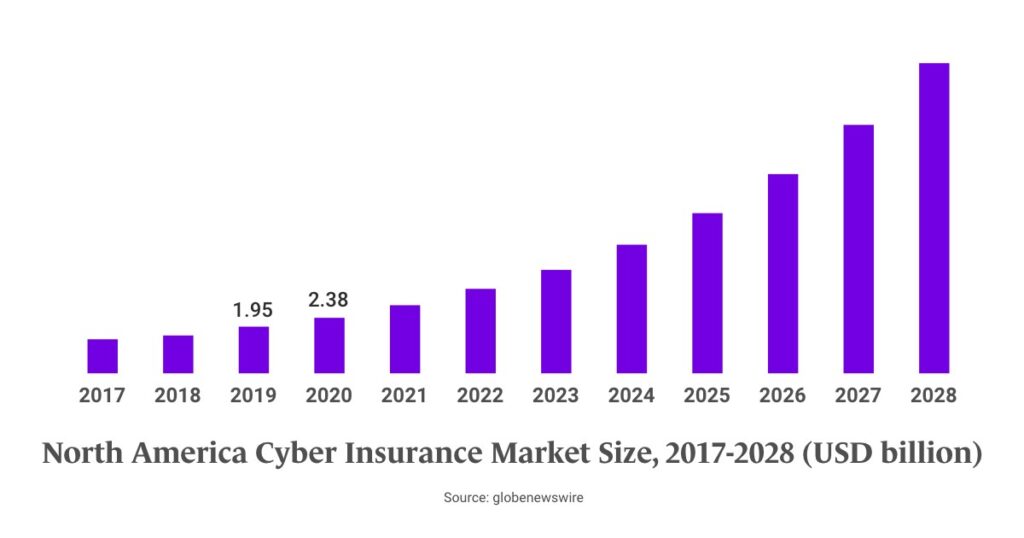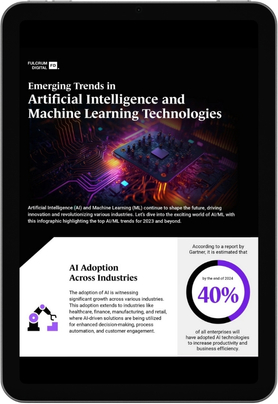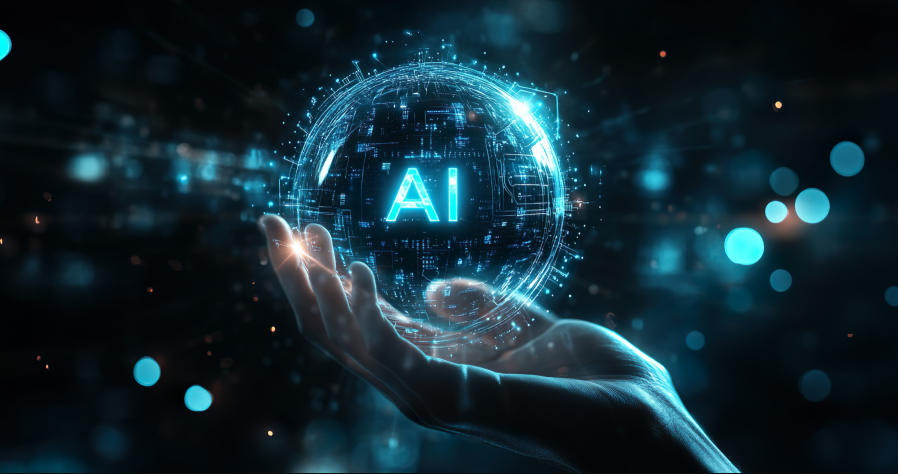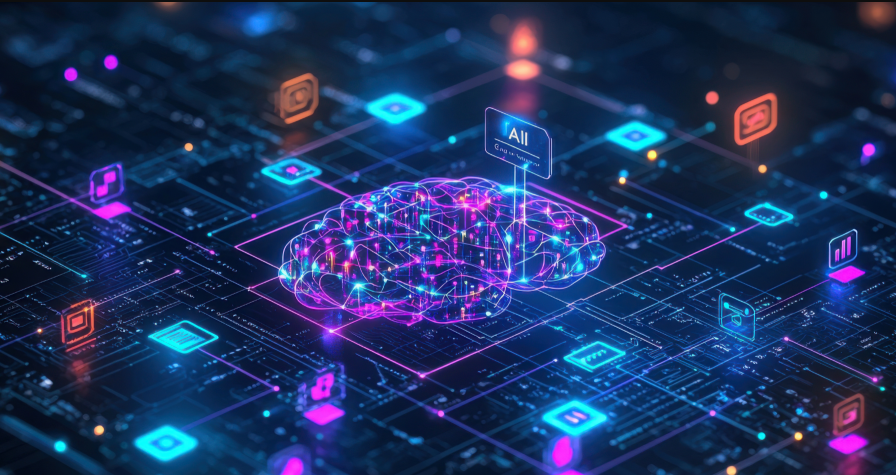The intersection of artificial intelligence (AI) and cybersecurity is currently one of the most exciting frontiers in technology. As cyber threats continue to evolve, AI is playing an increasingly vital role in combating these threats. This post will explore how AI is utilized in cybersecurity and will highlight the latest trends and statistics in the industry.
The Rising Cyber Threat Landscape
Cybersecurity threats have grown exponentially in recent years. According to Cybersecurity Ventures, cybercrime will cost the world $10.5 trillion annually by 2025, a figure that has nearly quadrupled since 2015. This makes cybersecurity one of the most pressing issues for organizations worldwide.
The Role of AI in Cybersecurity
AI brings a host of benefits to the field of cybersecurity. Through machine learning algorithms and predictive analytics, AI can identify patterns and anomalies that might indicate a cyber threat. Unlike traditional cybersecurity measures that react to threats, AI proactively identifies potential vulnerabilities and attacks.

According to Fortune Business Insights.With 25.3% CAGR, Cyber Insurance Market size Will be $36.85 Billion USD by 2028
Real-Time Threat Detection
One of the major strengths of AI in cybersecurity is its ability to detect threats in real-time. Traditional security measures often involve sifting through large amounts of data manually, a time-consuming process that leaves room for errors. AI, on the other hand, can process vast amounts of data in seconds, pinpointing threats with a greater degree of accuracy.
- Ransomware Redemption: ransomware attacks continue to evolve in complexity, posing significant risks to organizations. AI-driven solutions have proven instrumental in this battle, with recent statistics showing a staggering 70% decrease in successful ransomware attacks for those fortified by AI defenses.
- Phishing Prowess: phishing attacks, a perennial threat, have become more sophisticated. Machine Learning algorithms, an integral part of AI, have demonstrated their prowess by achieving an 80% accuracy rate in identifying and blocking phishing attempts, preventing potential breaches. In many instances, AI-powered automated threat hunting has become a popular strategy, where AI systems actively search networks for signs of threats.

Predictive Capabilities
AI’s predictive capabilities are another significant advantage. Machine learning algorithms can analyze past security incidents and use that information to predict future threats. This allows organizations to stay one step ahead of cybercriminals, addressing vulnerabilities before they are exploited.
Safeguarding Critical Infrastructure, Financial Systems, and Personal Data
AI has become an indispensable tool in defending critical infrastructures, financial systems, and personal data.
1) Protecting Critical Infrastructure: Critical infrastructures, like power grids, water systems, and transportation networks, are becoming increasingly digital, making them a prime target for cyber-attacks. AI enhances the protection of these systems in several ways:
2) Threat Detection: AI can analyze vast amounts of data from infrastructure systems in real time, identify patterns, and detect anomalies that may indicate a cyber threat.
3) Proactive Defense: AI’s predictive capabilities allow it to anticipate potential attacks based on historical data and trends. This helps in fortifying defenses proactively rather than reacting after an attack has occurred.

EMERGING TRENDS IN AI AND ML TECHNOLOGIES
Embark on a journey into the future of AI and ML, unraveling its impact across sectors and shaping technology responsibly.
Securing Financial Systems: AI plays a crucial role in ensuring the safety of financial systems:
1) Fraud Detection: AI algorithms can learn to recognize fraudulent patterns and irregular transactions, alerting financial institutions in real time. This has been particularly useful in detecting credit card fraud and online banking fraud.
2) Risk Assessment: AI can analyze a vast array of factors to assess risk levels for loans, investments, and insurance. It can predict potential defaults or financial issues before they occur, helping institutions make informed decisions.
3) Safeguarding Personal Data: With the exponential growth of digital data, the protection of personal information is more critical than ever. AI is at the forefront of personal data protection:
• Privacy Protection: AI can help categorize, manage, and protect personal data, ensuring compliance with privacy laws like GDPR. It can automatically classify data based on sensitivity and apply appropriate security measures.
• Identity Theft Prevention: Al can learn and monitor user behavior, detecting any unusual activity that may indicate identity theft. For instance, if a user’s account is accessed from an unusual location or device, Al can flag it and take preventive measures.

The Road Ahead
AI provides effective tools for combating cyber threats and ensuring the safety of our critical infrastructure, financial systems, and personal data. However, the use of AI must be balanced with ethical considerations to prevent misuse and ensure privacy rights are upheld. As cyber threats continue to evolve, the integration of AI in cybersecurity measures will likely become even more crucial.
With cybercriminals using AI to boost ransomware, email phishing scams, and other attacks, cybersecurity leaders must fight AI with AI. There are technologies that use AI, ML, and social graphing to thwart even the most sophisticated phishing attacks. Email communications can be secured with AI-powered email security. While AI is not a silver bullet, it offers powerful tools for combating cyber threats. As we continue to refine and advance AI technologies, their role in securing our digital world will only grow.







